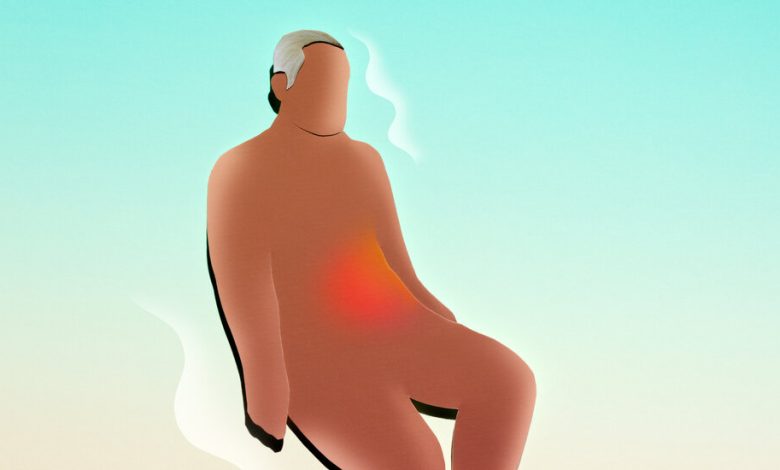Was This Man’s Weakness Related to Recent Oral Surgery?

It was early morning when the woman crept into the living room, where her 82-year-old partner was sleeping. He didn’t usually sleep in his recliner but was in and out of bed so many times with diarrhea two nights earlier that she was relieved when he decided to sleep in his favorite chair. His eyes opened as she started to close the door. “I can’t get out of the chair,” he said quietly. His feet were on the floor, but, he told her, he didn’t have the strength to rise or even move. This was a man who, in the 21 years she’d known and loved him, was still only when he was asleep. Now, with his arms hanging limply beside him, his face pale behind his constant New Mexico tan, he looked weaker and sicker than she had ever seen him.
She struggled to help him to his feet. Then, his arm around her neck, hers around his shoulders, she shuffled him into the bathroom, then into his clothes and to the car to head to PresNow 24/7 Urgent and Emergency Care, near their home in Albuquerque.
The emergency room was bustling, even early on a Sunday morning, but the man was seen quickly. The sudden onset of weakness in a man his age required urgency. They had been in the triage area only a few minutes when Dr. Lawrence Gernon entered the curtained-off area and introduced himself. “What’s going on?” he asked casually.
Five weeks earlier, the man reported, he had three teeth removed. He took 10 days of antibiotics as instructed and was fine until earlier that week. At first it was just fatigue. On Thursday, he was so tired after his daily hike that he had to take a nap when he got home. And he never takes naps, he added. Then came the diarrhea. He had to use the bathroom during the night maybe a dozen times. Around the same time, his congestion and runny nose worsened. The oral surgeon had mentioned this symptom, which was typical, but warned about possible infection. The man wanted his partner to call the dentist for help, but she was a retired nurse and felt certain he needed to go to the emergency room instead.
Gernon examined the patient carefully. His heart was beating rapidly, and his oxygen level was low. His mouth looked completely normal. He was clearly congested, but the surgical site looked well healed. He had significant tenderness when the doctor pushed on the lower left side of his abdomen — but, importantly, no pain at all when the pressure was released and the abdominal wall rebounded. That was reassuring; if there was infection present, it had not spread to the sensitive lining around the gut. Still, his belly looked distended. “You know, I don’t think the problem is here,” Gernon told the patient, pointing to the man’s nose and mouth. “I think it’s here,” he said, pointing to his distended belly. The doctor ordered a tube to be inserted through the man’s nose into his stomach. Almost immediately dark brown fluid poured out of the tube into the connected container.
CT scans and X-rays confirmed what the doctor found on exam: The sinuses and lungs were fine. But the CT of the man’s abdomen was not. In the section of the gut where the large intestine connects to the small intestine, the walls were thickened and so swollen that the passage was completely closed off for four or five inches. The tissues surrounding the blocked tube were haloed by streaks of inflammation. His guts were obstructed by what looked to be a tumor surrounding and invading his intestinal walls. That’s why so much brown fluid was coming out of the tube in his stomach. Those digestive fluids, made continuously by his stomach and guts, had nowhere else to go. It wasn’t clear yet if what was causing this blockage was indeed a tumor. What was clear was that it had to come out. And soon.
We are having trouble retrieving the article content.
Please enable JavaScript in your browser settings.
Thank you for your patience while we verify access. If you are in Reader mode please exit and log into your Times account, or subscribe for all of The Times.
Thank you for your patience while we verify access.
Already a subscriber? Log in.
Want all of The Times? Subscribe.
